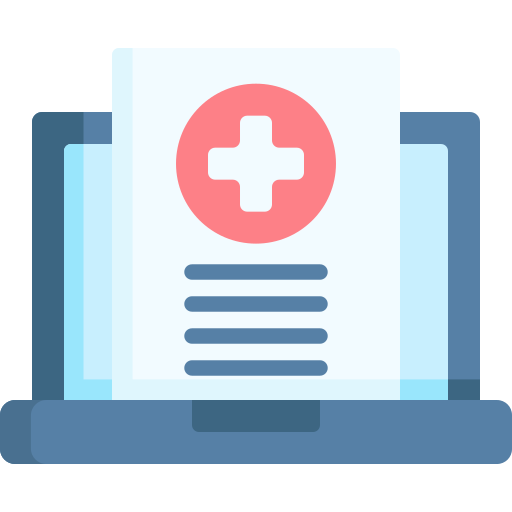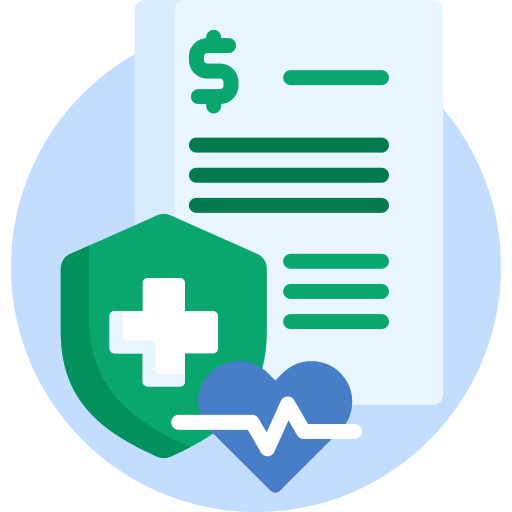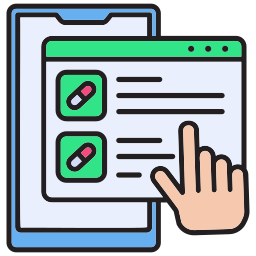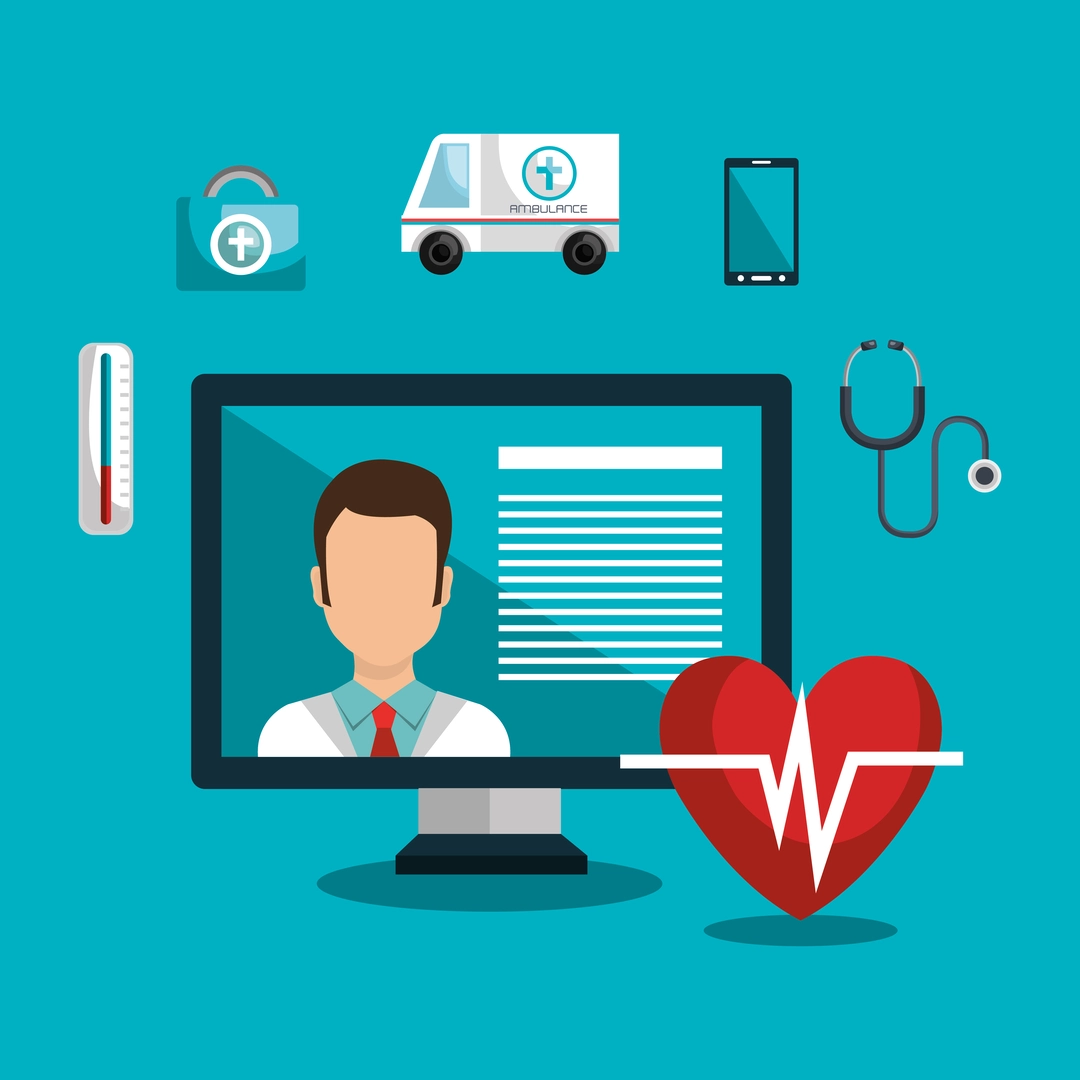Accessing the Epic database efficiently is important for healthcare organizations looking to improve patient outcomes, streamline operations, and stay compliant with regulatory standards. With over 250 million patient records stored in the Epic EHR system, it's one of the most widely used platforms in the healthcare industry. According to the Klas Research report, Epic, the sole EHR vendor, experienced a net increase in acute care market share in 2023, demonstrating its superior performance compared to other technology providers.
There are various ways to access the Epic database, each offering unique benefits depending on the organization's needs. From API integrations and third-party applications to direct database access and HL7 messaging, healthcare providers have a range of options to securely and efficiently retrieve the data they need. With the growing emphasis on interoperability, these methods improve patient care and enhance data-driven decision-making across healthcare systems.

Integration with Third-Party Applications
Integration with Third-Party Applications allows healthcare providers to extend the functionality of Epic by connecting with various external tools and platforms. Using APIs, Epic enables secure and seamless data exchange between its system and third-party applications.
This integration allows healthcare organizations to enhance their EHR experience by incorporating specialized apps for telehealth, patient engagement, analytics, or remote monitoring. APIs facilitate real-time data access and transfer, helping providers improve workflow efficiency, patient outcomes, and overall care coordination while maintaining the security and integrity of patient information.
Pros of Integration with Third-Party Applications
- Increased Functionality
Third-party apps add specialized features, extending the capabilities of Epic’s core system. - Improved Workflow Efficiency
Integrating external tools can automate tasks, reducing manual efforts for staff. - Enhanced Data Sharing
Third-party apps facilitate seamless data exchange across multiple platforms, improving care coordination. - Customization Options
These integrations allow healthcare providers to tailor solutions to their unique needs, optimizing performance.
Cons of Integration with Third-Party Applications
- Data Security Risks
Connecting external applications may introduce vulnerabilities, raising concerns about patient data protection. - Compatibility Issues
Not all third-party apps integrate smoothly with Epic, potentially causing disruptions in workflows. - Increased Complexity
Managing multiple systems can create a steep learning curve for staff, requiring additional training. - Higher Maintenance Costs
Integrations often involve ongoing maintenance and support, leading to higher operational expenses over time.
Epic's Open API (FHIR)
Epic's Open API uses the FHIR standard, which allows healthcare providers to access patient data securely and efficiently. The FHIR-based API ensures that data can be exchanged between different healthcare systems, making it easier for providers to retrieve patient information in real time. This approach supports better coordination of care, as it enables easy access to critical data such as medical histories, lab results, and medication lists, all while maintaining strict security standards to protect patient privacy.

Pros of Epic's Open API (FHIR)
- Interoperability
Facilitates seamless data exchange between Epic and other healthcare systems using standardized formats. - Real-time Data Access
Allows real-time access to patient data, improving care coordination and timely decision-making. - Customization
Enables developers to create customized healthcare apps that integrate with Epic EHR system. - Scalability
Supports a wide range of applications, from small-scale tools to large, complex healthcare solutions.
Cons of Epic's Open API (FHIR)
- Complex Implementation
Requires significant technical expertise and resources for proper integration and maintenance. - Limited Data Access
Some data elements may not be accessible through the API, restricting functionality. - Security Concerns
Increased data exchange raises the potential risk of security breaches if not managed properly. - Costly Development
Building and maintaining FHIR-based integrations can be expensive, especially for smaller healthcare providers.
Related read: Benefits of Interoperable Healthcare Data for Providers
Patient Portals and MyChart
Epic’s MyChart portal allows patients to access their health information online. Through MyChart, patients can view their medical records, lab results, medications, and upcoming appointments in one convenient location. They can also communicate with their healthcare providers, request prescription refills, and schedule appointments. This user-friendly platform provides patients with more control over their healthcare, enabling them to stay informed and engaged with their treatment plans. Additionally, MyChart’s mobile app makes accessing health data on the go simple and convenient for patients.

Pros of Patient Portals and MyChart
- Convenient Access to Health Information: Patients can view their medical records, lab results, and appointments anytime from any device.
- Improved Communication with Providers: Patients can send messages, request refills, and schedule appointments directly through the platform, enhancing engagement.
- Better Care Management: Patients can track their health history and progress over time, helping them stay on top of chronic conditions or treatment plans.
- Encourages Patient Involvement: By offering easy access to their health data, patients become more involved in their care, promoting better outcomes.
Cons of Patient Portals and MyChart
- Limited Technical Understanding: Older or less tech-savvy patients may struggle to navigate the platform, reducing its effectiveness.
- Privacy and Security Concerns: Storing sensitive health data online raises concerns about data breaches and unauthorized access.
- Not All Information is Available: Certain test results or records may not be posted immediately, causing confusion or frustration for patients seeking timely updates.
- Dependence on Internet Access: Patients without reliable internet may find it difficult to regularly access their health information, limiting the platform's usefulness.
Epic's App Orchard (Vendor Service)
Epic's App Orchard (vendor service) serves as a marketplace where developers and healthcare providers can create and access custom applications that integrate with Epic's EHR system. It provides a platform for developers to build solutions that address specific needs, such as improving workflows, expanding patient engagement tools, or adding new functionalities.

Healthcare organizations can browse a variety of apps in App Orchard to find solutions that complement their existing Epic database system, ensuring better interoperability and more efficient care delivery. This resource supports innovation in healthcare by offering tools to expand the capabilities of Epic’s EHR, all while maintaining compliance and security standards.
Pros of Epic's App Orchard
- Wide Integration: App Orchard offers seamless integration with the Epic database, allowing developers to build solutions that interact directly with Epic’s EHR system.
- Access to API Documentation: Developers get access to Epic’s extensive API documentation, enabling efficient development and testing of applications.
- Large User Base: With Epic’s wide adoption, apps developed through App Orchard can reach a vast network of healthcare providers.
- Improved Innovation: App Orchard promotes innovation by providing a platform for third-party developers to create new tools that improve healthcare delivery.
Cons of Epic's App Orchard
- Costly Membership Fees: Joining the App Orchard program requires significant membership fees, which can be prohibitive for smaller companies or startups.
- Strict Compliance Requirements: Apps must adhere to Epic’s strict compliance and security guidelines, making development more time-consuming and complex.
- Limited Customization: Some developers may find restrictions in customizing solutions, as Epic controls much of the integration framework.
- Selective Access to APIs: Not all APIs are available to developers, which may limit the scope of app functionality for certain use cases.
Direct Data Access via HL7 Interfaces
Direct data access via HL7 interfaces allows real-time communication between Epic and other healthcare systems. HL7, a set of international standards, helps different healthcare applications exchange data consistently. With these interfaces, patient information, lab results, and other critical data can be transmitted instantly between Epic and other platforms, ensuring that providers have up-to-date information to make informed decisions. This real-time data exchange reduces delays, minimizes errors, and improves overall efficiency in patient care by connecting disparate systems in a standardized way.
Pros of Direct Data Access via HL7 Interfaces
- Real-time Data Exchange: Facilitates immediate sharing of patient information, leading to timely care.
- Standardization: Provides a uniform structure for data exchange, reducing miscommunication between systems.
- System Integration: Allows multiple healthcare systems to communicate, improving overall interoperability.
- Error Reduction: Minimizes manual data entry and potential errors, increasing data accuracy.
Cons of Direct Data Access via HL7 Interfaces
- Complex Implementation: Requires technical expertise to configure and maintain, increasing setup time and costs.
- Data Security Concerns: Real-time data sharing raises the risk of potential security vulnerabilities.
- Limited Customization: Standard HL7 messages may not fully meet unique organizational needs without further development.
- Ongoing Maintenance: Requires continuous monitoring and updates to ensure smooth operation and data integrity.
Related Read: Transforming Healthcare Workflows with HL7 V2 Integration
How EHRConnect Can Help To Access Epic Database?
Accessing the Epic database is essential for healthcare providers looking to improve patient care, streamline operations, and meet compliance standards. Whether through APIs, third-party integrations, or HL7 interfaces, healthcare organizations have various methods to securely access and utilize Epic databases. Each approach offers different benefits, from real-time data exchange to improved care coordination, depending on the organization’s needs and technical capabilities.
EHRConnect provides a reliable solution to simplify Epic database access. This platform bridges the gap between Epic EHR and other systems, enabling smooth data integration and exchange. With real-time analytics, automated workflows, and customizable reporting, we help healthcare providers access and manage Epic databases more efficiently, ultimately improving care delivery and operational outcomes.
- What are the primary methods to access the Epic database?
The primary methods include API integrations, HL7 interfaces, FHIR, third-party applications, and direct database access.
- How does API integration work with Epic?
API integration allows seamless data sharing between Epic and other systems, enabling automated workflows and real-time data retrieval.
- What is HL7, and how does it help access the Epic database?
HL7 is a set of standards for healthcare data exchange that facilitates real-time communication between Epic and other healthcare systems.
- Can I access the Epic database directly from the database?
Yes, direct database access allows for deeper insights but requires strong data governance and technical expertise to manage securely.
- How do FHIR standards improve Epic database access?
FHIR simplifies the sharing of healthcare data across systems, making it easier to access Epic database in real time.

Pravin Uttarwar, CTO of Mindbowser
As the CTO of Mindbowser, a healthcare-focused software development company, I am dedicated to delivering cutting-edge digital solutions that transform patient care and operational efficiency. With over 16 years of experience and as an MIT alumnus, I specialize in healthcare interoperability, FHIR-compliant systems, and AI-powered platforms, crafting scalable products and architectures tailored to the unique needs of healthcare providers and enterprises.
I have spearheaded the development of over 100 products and platforms, guiding them from concept to full-fledged solutions. My expertise extends to scaling remote tech teams, driving EHR integrations, and building secure, cloud-native healthcare solutions. By shaping technology visions and roadmaps, I help clients achieve long-term growth and success in the rapidly evolving healthcare landscape.
HealthConnect CoPilot enabled us to access real-time patient health data through integration with Apple HealthKit, enhancing care delivery while maintaining HIPAA compliance. This led to personalized care and improved outcomes for patients.

AI-enhanced Obstetrics Clinical Decision Support Platform
HealthConnect CoPilot's integration with Epic's Hyperspace has transformed our workflow. Automated post-delivery examinations and HL7 protocol use ensure accurate updates to Epic. Their expertise empowers informed decision-making in childbirth

Top Provider for Customized Healthcare Solutions
HealthConnect CoPilot's helped us to integrate with leading tracking devices such as Apple Watches and Fitbit. This integration enables effortless syncing of health data, providing users with real-time insights displayed directly on our flagship products: smart mirrors and digital calendars.

A Provider of Customizable Display Solutions
Post a comment Cancel reply
Related Posts
EHR Integration for Solo Practices: A Complete Step-by-Step Guide
Still running your solo practice on sticky notes and spreadsheets? It’s time for an upgrade.…
Epic Wisdom Explained: Features, Benefits, and Why It’s the Future of Dental EHR
Dental care has traditionally existed in its bubble, separate from the hospital EHRs, invisible to…
FHIR Versions: The Past, The Present & The Future
The Fast Healthcare Interoperability Resources (FHIR) standard has revolutionized healthcare data exchange, enabling seamless interoperability…
What Are CDS Hooks? A Simple Guide for Healthcare Providers
CDS Hooks are changing how clinical decision support (CDS) works inside EHRs, bringing real-time, context-aware…
The Challenges and Benefits of EHR Integration for Health Tech Companies
As digital health companies continue to innovate and develop cutting-edge healthcare solutions, one of the…
Streamlining Behavioral Healthcare with Epic EHR Integration
Behavioral healthcare providers are facing an increasing demand for streamlined systems that can integrate multiple…









